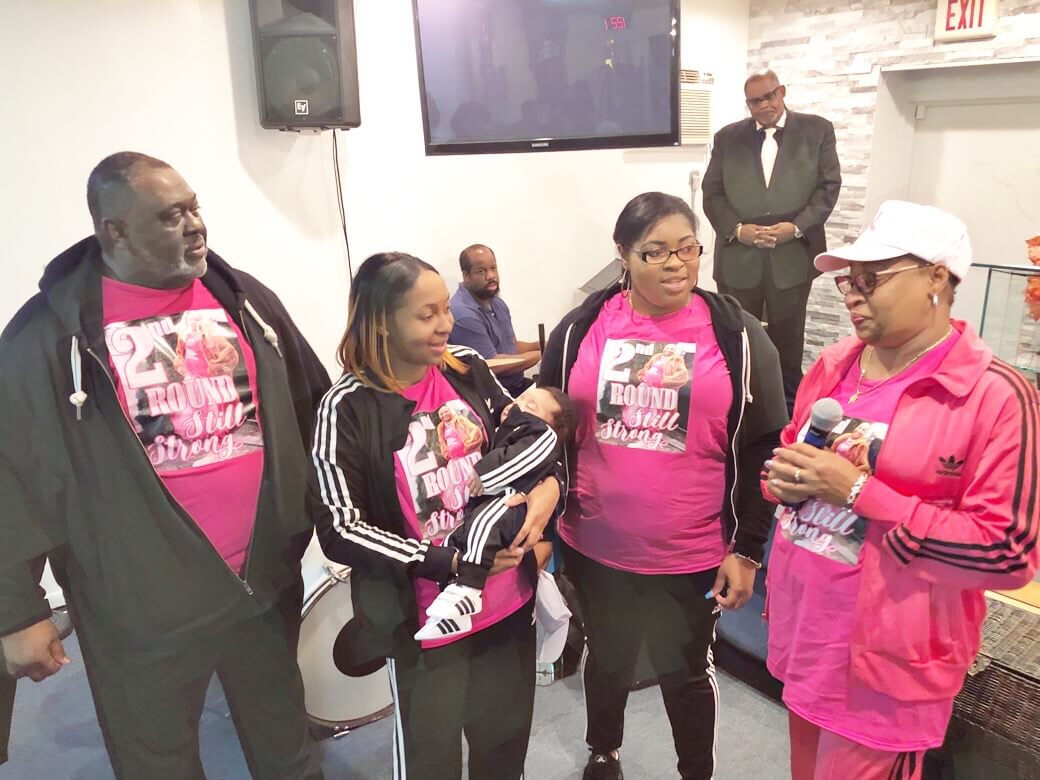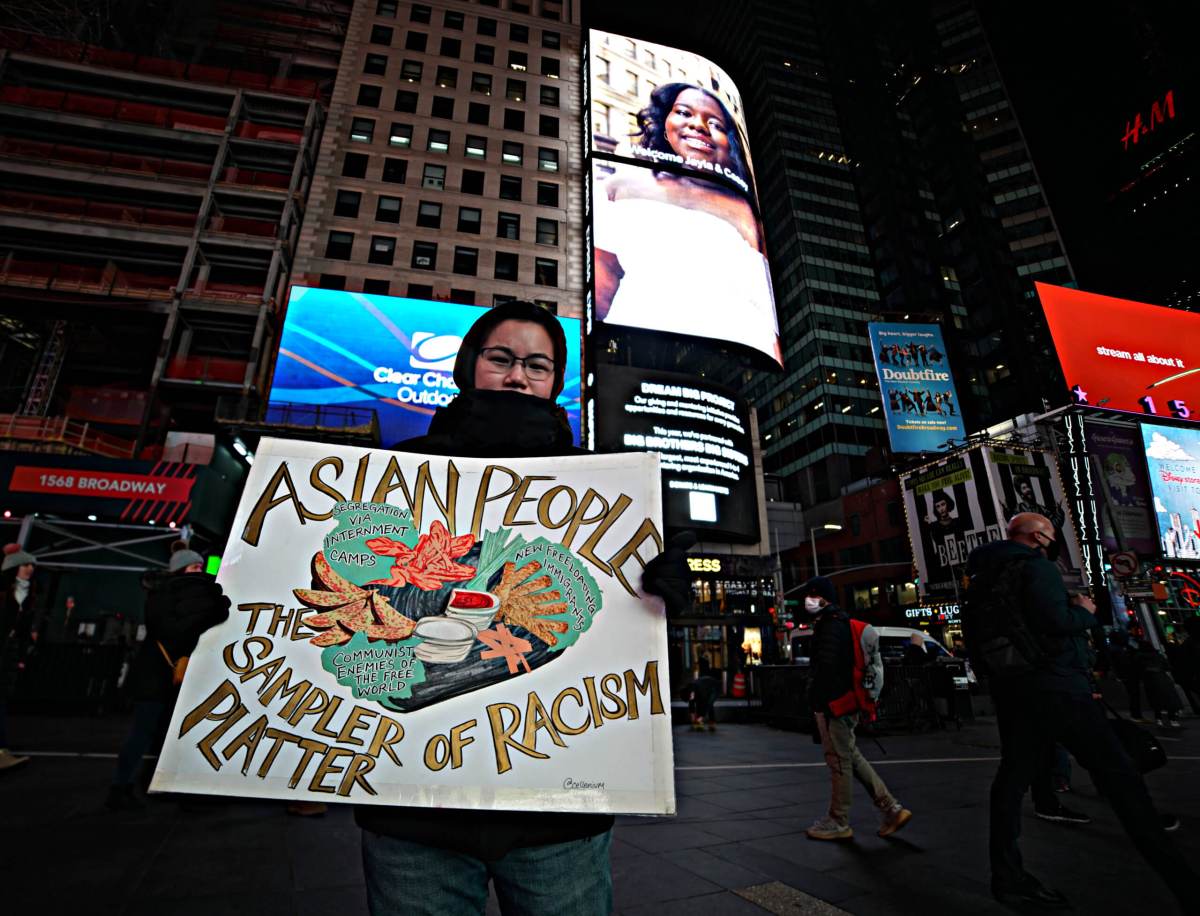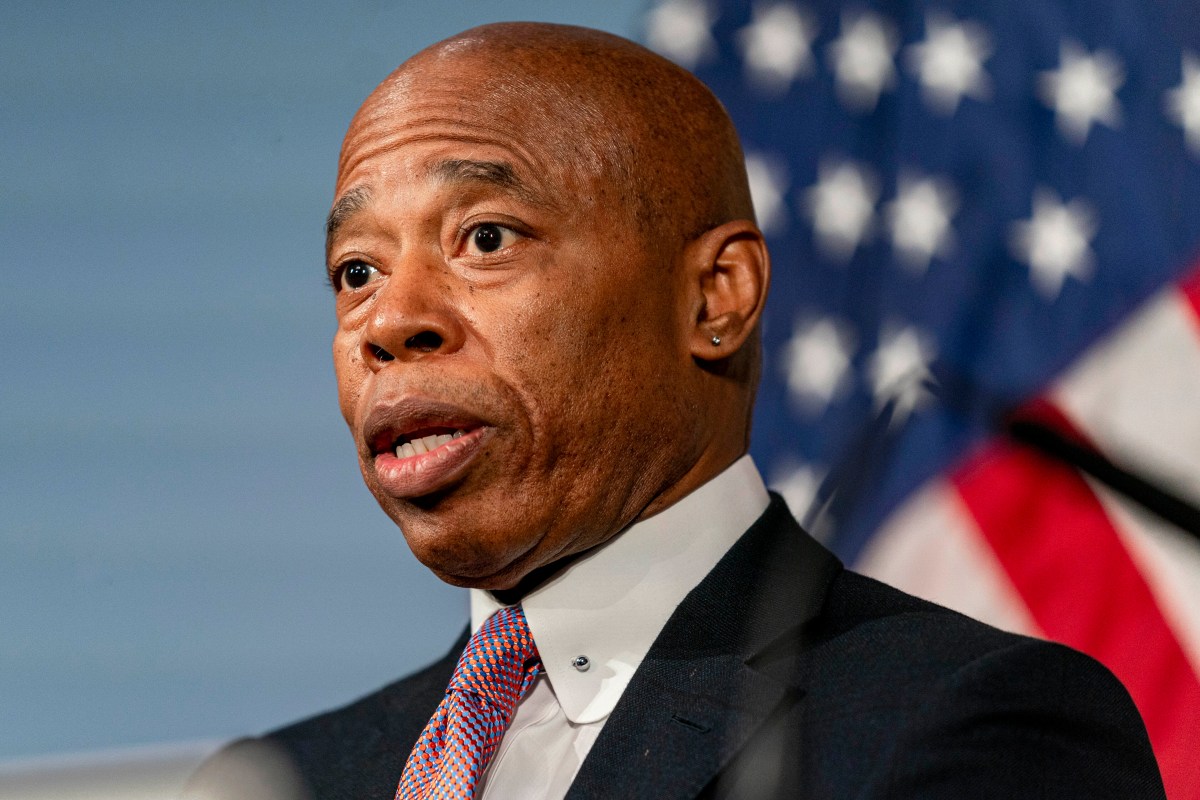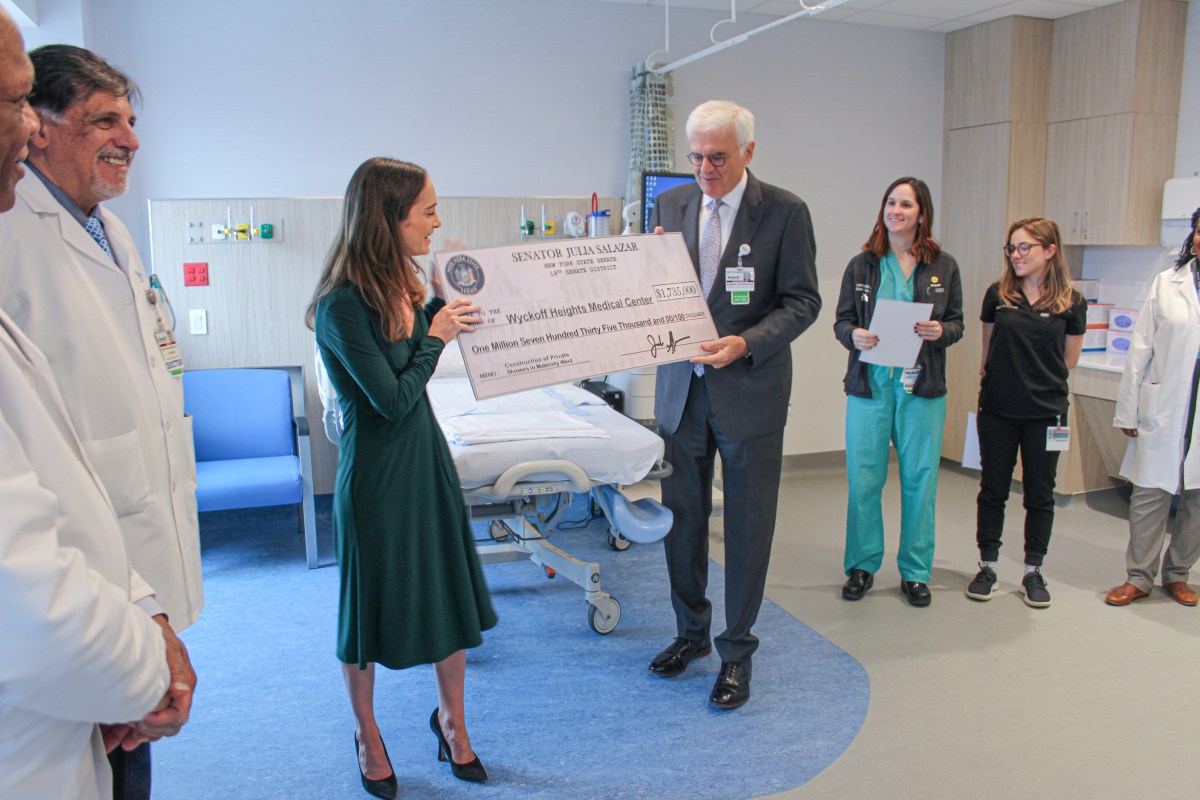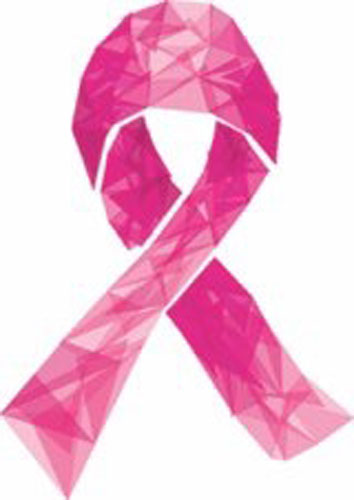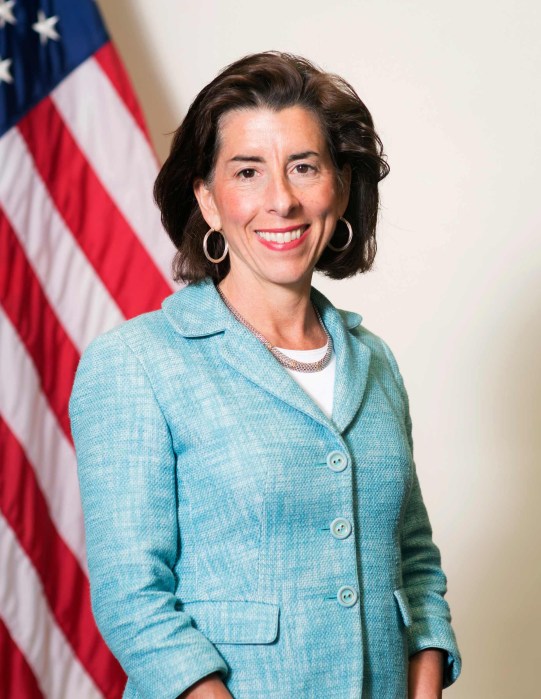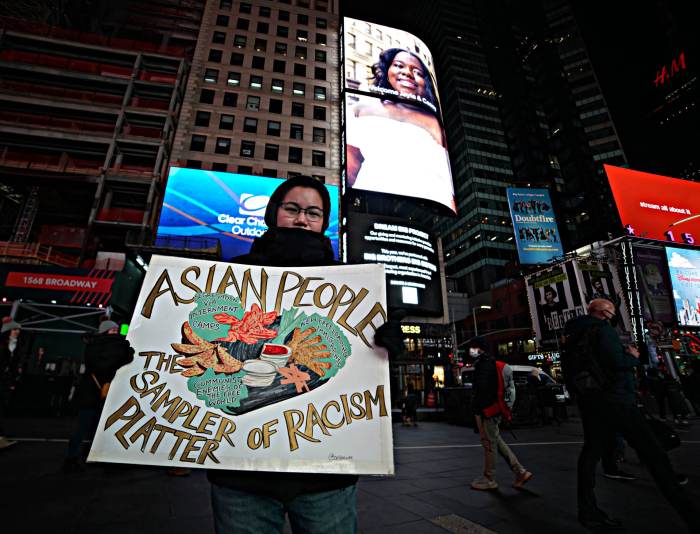East New York native Doris Taylor was first diagnosed with breast cancer 14 years ago, in 2007, but it wasn’t her first brush with the disease.
“I was in a panic mode because my grandmother passed of breast cancer,” she said. “And I recall her saying, ‘If you ever feel a lump in your breast, if you ever feel, like, a sticking pain, or any type of discomfort, go get help right away.’”
“Because of my grandmother passing, I thought it was the end of my life.”
Then 47, Taylor was the mother of two daughters — one who was just starting the sixth grade and one just entering college — and loved her job at the city’s Administration for Children’s Services, where she’d been working since 1988.
“I went through all of my personal things, and things that I did not want people to know about me, I shredded,” she said. “And all of my clothes and stuff — I gave away all of my clothes.”
She had her niece drive to her home and started loading the car with her clothes and belongings.
“She asked me, ‘Why are you doing this?,” Taylor said. “I said, ‘I’m just getting rid of everything. Everything.’”
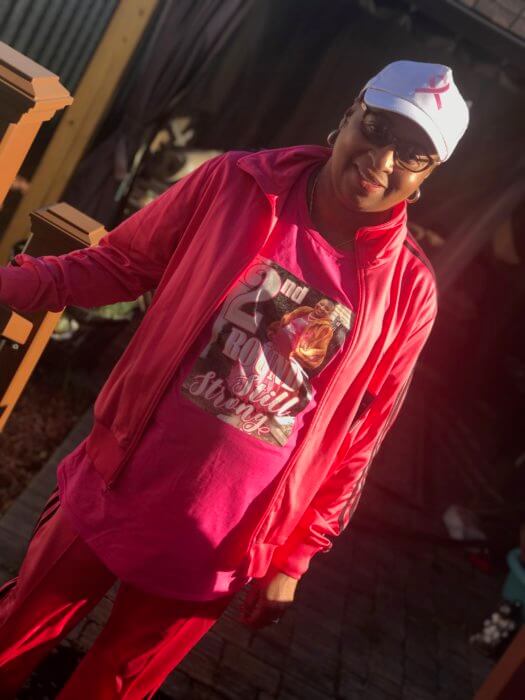
“And then I thought about it, and I said, ‘You know what, I’m getting rid of the old, and we’re going to bring me back the new. It’s going to be a new me.’ A new step, a new walk, along with a new talk. And encourage myself, ‘You could live, and you’re going to live.”
Taylor left work and started treatment – chemotherapy, followed by a single mastectomy.
“During that time, they were only removing one breast,” she said. “I couldn’t get the other one. Had I known what I know, I would have both out.”
By 2009, Taylor was in remission, had had reconstructive surgery, and went back to work, where she became a supervisor.
“In 2016, I had an abnormal mammogram, they sent me for a sonogram, with the sonogram, they saw some spots that didn’t look correct,” she said. “Two days later, because of my history, they immediately did a biopsy. And the biopsy determined that I was positive again. And I was very devastated.”
She called a supporter she’d met, a breast cancer survivor who was there to lend a hand to people going through diagnosis and treatment, and she told Taylor to come over right away.
“When I left her house, I felt brand new,” Taylor said. “I felt brand new because she, too, was a double, she had had both of her breasts removed at different stages in her life. I was like, lord, I can live, I can live through this. And that’s when I became a fighter, I just knew I was going to beat this.”
She started treatment with the same oncologist and surgeons — something she was grateful for because she was comfortable with them, and they knew her well.
Treatment, though, was more difficult physically and mentally. She had spent the last seven years celebrating the fact that she had survived breast cancer, only to be thrown back into the fight.
“I think it was more of a reality this time, the second time around,” she said. “Because the first time was unexpected. But the second time, I felt everything, I felt everything. I was not prepared.”
The physical side effects were more numerous and more intense
“My joints became so weak that I could be walking and I would just fall,” she said. “As a result from all of that, I was forced to retire. I loved the work. That was my outlet.”
Helping children and trying to keep families together was something she loved to do, and she’d been doing it for a long time. When she got sick the second time, she moved from front-line work to the intake department until her doctors put her on permanent disability.
“It was like, part of my world is being taken away from me. The thing I love to do, now I can’t do it anymore,” she said. “Helping children, helping families. But I took on something else, and what I took on was helping other breast cancer patients that have been diagnosed.”
Taylor felt brand new that day she walked out of her friend’s house and now she returns the favor, taking calls and visits at all hours from people who need support.
“They call me, and I talk to them, just as someone talked to me and held my hand,” she said. “One of the girls, she’s 22 years old. That’s my baby.”
That woman came to Taylor feeling scared after doctors recommended she get a mastectomy. Taylor couldn’t tell her what to do, she said, but could give her some encouragement.
“At the end of the day, the same person that has the surgery is the same person who’s coming out,” she said. “I said, ‘Take a look in the mirror, look at yourself, you’re not going to change. The only thing you’re going to do is live. You’re going to do everything you’ve got to do to live.”
Being diagnosed the second time around was harder, but Taylor’s husband, a former New York City Police Department officer, had retired since her first round, and she says his presence kept her going.
“Every time I looked around, he was doing something different,” she said. “So when I looked up, we were going someplace.”
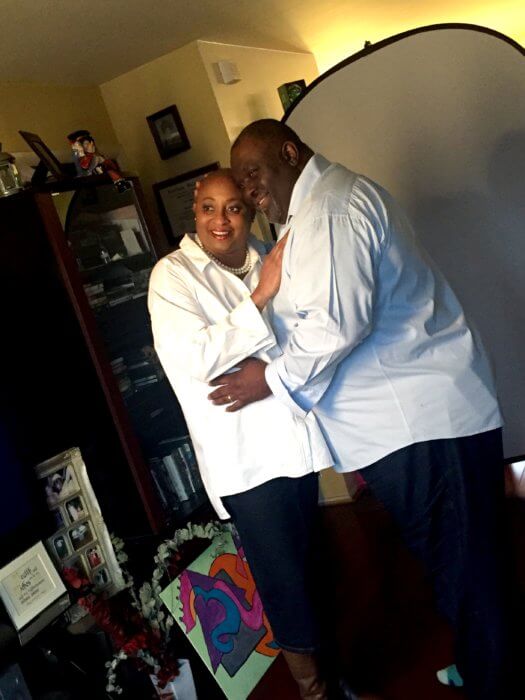
The cancer itself hasn’t been the most difficult part of the last year. When COVID began sweeping the city in 2020, Taylor skipped some of her doctor visits, scared she might pick the virus up from other patients. Aware that her immune system was compromised, she was furiously cleaning the house and spraying her daughter down with Lysol when she came home each day.
And two of the people who had supported her most passed away — the longtime leader of her church, Bishop Roberto J. Jemmott, and her sister-in-law, Linda.
Back in 2007, Linda came over on the day Doris’ husband was going to shave her head.
“She had dreadlocks all the way to her back, and she came home, and she sat in the chair before I did, and she told my husband ‘shave me first,’ and she shaved her hair off first,” she said. “And she moved into my house and she kept me until I was well.”
“Back in my first treatment, I’m looking at the gate and she’s coming through the gate with a suitcase,” Taylor recalled. “I said ‘where are you going?’ and she said ‘I’m here to take care of you. And she stayed with me until I got well.”
Taylor is most of the way through her five-year daily treatment plan, and she may be starting on another five years when she’s done. The pills aren’t as harsh as her first round of treatment, she said. Her hair is thinner and she has the beginnings of osteoporosis, a side effect of the drugs, and she’s in some pain as a result. Her doctors told her recently she may need another round of the five-year drugs once she’s finished with the first.
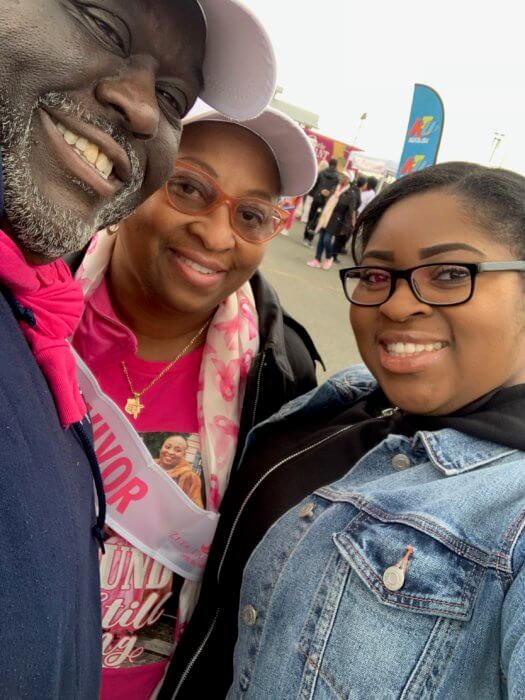
Since 2007, Taylor has been involved with fundraising for breast cancer research, taking to the Coney Island boardwalk each year with Making Strides Against Breast Cancer and becoming a Pace Setter after she raised more than $3,000 in a single year.
“People are still getting diagnosed, both male and female, and I know the funds are really needed, and that’s why I raise money for breast cancer,” she said “I’m hoping and praying that one day, they will just get that cure, all you will need is probably one tablet and, OK, boom.”
“One tablet, one shot, and not to have to go through so many treatments.”


